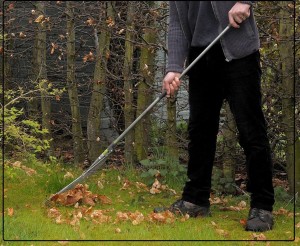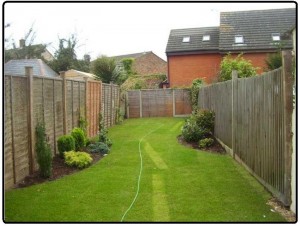
Autumn is a great time for gardeners to lay the foundations for springtime success.
A little bit of effort before the first frost goes a long way to protecting your garden and keeping it in tip top condition.
Really it could be seen as a spring clean for your garden, it’s just the opposite season!
Lawn care in autumn
For many people lucky enough to have the space, a lawn is the centrepiece of the garden. While you will be happy to say goodbye to the summertime routine of mowing, there are a few tasks to be done that will help to leave your lawn in good condition.
Try to squeeze in a final mow before the end of October to tidy up the grass before it gets too wet, but leave a bit of length.
Clearing the lawn of debris, such as leaves, is also an important task as this will help to ensure light can reach the lawn, and it will help to avoid patches of dead grass and moss.
Specialist autumn fertilizers can also be sprinkled on the grass to help nourish and protect lawns over the colder months as growth stays low.
On the move
Autumn is also the time for a reshuffle should you being unhappy with the locations of any plants. While the ground is still warm enough, carefully dig them up and move them to their ideal spot.
Complement any changes with cutting back dead branches and foliage to prevent decay and make sure everything is in tip-top condition before hanging up your secateurs for the winter.
Delicate plants will also need extra protection through winter so carefully lift these without damaging the roots and store in dry sand over the winter.
Add a good layer of compost, leaf mulch or bark to borders to help protect plants through the cold weather.
Plant ahead
Many spring-flowering species need to be planted by the end of autumn, so plan ahead for what you want to be looking at in the spring. Daffodils and hyacinths need to go in as soon as possible, while favourites such as alliums, lilies and tulips also need planting in autumn.
If you are concerned about the state of your lawn – or need an extra hand to stay on top of maintenance – get in touch with Gardenbusters today.
 Trees are a fantastic addition to gardens – they bring privacy, interest and wildlife, but not all species are ideal for
Trees are a fantastic addition to gardens – they bring privacy, interest and wildlife, but not all species are ideal for 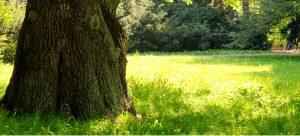
 An Englishman’s home is his castle, so goes the saying, and for many years the outer boundary of that castle was quite often protected by a line of conifers.
An Englishman’s home is his castle, so goes the saying, and for many years the outer boundary of that castle was quite often protected by a line of conifers.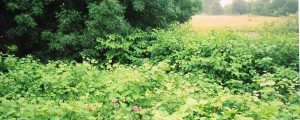
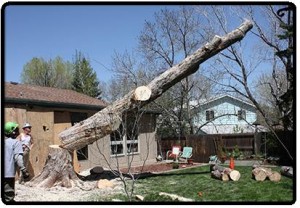
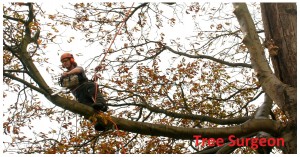
 Keeping your garden neat and organised is a time consuming and difficult job. Ordinary gardening activities like weeding, watering, pruning and mowing require a lot of effort and time. This is difficult for many people especially for the elderly and for people with busy working lives. By using low maintenance garden ideas, you can reduce the time spent on these activities and still enjoy the beauty of your garden. Here are some ideas to inspire you:
Keeping your garden neat and organised is a time consuming and difficult job. Ordinary gardening activities like weeding, watering, pruning and mowing require a lot of effort and time. This is difficult for many people especially for the elderly and for people with busy working lives. By using low maintenance garden ideas, you can reduce the time spent on these activities and still enjoy the beauty of your garden. Here are some ideas to inspire you: